
I recently got my Canonet QL17 GIII fixed (YAY!) and also bought some batteries for my Canon EOS Rebel T2, which means I’ve been living in film-land for the past week or so. Still, despite my excitement, I didn’t finish my first roll–a roll of FP4 that had been sitting in my Rebel since the battery died eons ago–until over the weekend when we went to Graham Cave.
With my LegacyPro Eco-Pro still on its way, I figured I’d just sit and twiddle my thumbs over a growing pile of used film until it arrived. But last night I couldn’t take it anymore. I had the tools to make caffenol, and after a quick trip to GNC to get some real vitamin C powder, I pulled on some rubber gloves and located the CM-RS recipe in the Caffenol Cookbook.
What I liked about this recipe was that it was good for slow films, like the FP4, and it was also measured out by volume. I don’t have a kitchen scale and so this made things a lot simpler.
The recipe, compliments of the Caffenol Cookbook, is as follows:
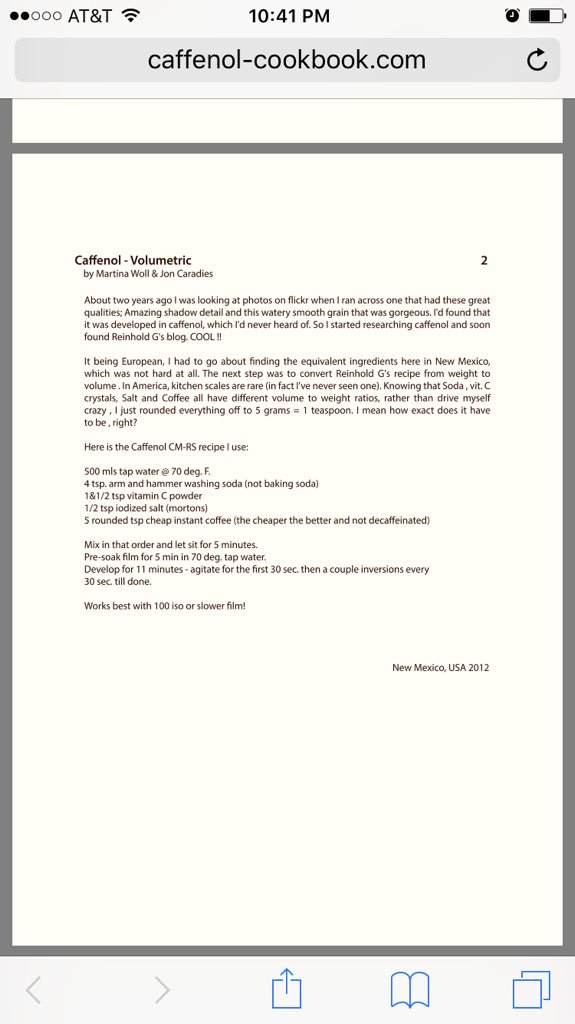
Unlike my first time developing Caffenol, in which I had to crush my own Vit C tablets (a no-no, but still kind of works), adding the vitamin C crystals made the mixture foam and bubble. I felt like a real chemist!
This whole hands-on experience is exactly what I needed.
I made sure to mix each ingredient until it dissolved. Then I let the film soak while the caffenol settled for five minutes.
Just as the recipe directs, I developed for 11 minutes, but wasn’t as diligent about agitating. Instead of every thirty seconds, I might have only agitated every minute. I also didn’t tilt it upside down as often either, but rather used the spool and turned the reels (a trick my granddad suggested I try).
After developing, I rinsed out the caffenol with tap water three to four times with three inversions, making sure to get all of the developer. Then I gave it a fix using Ilford Rapid Fixer for five minutes.
My rinsing method for the fixer worked great. Not sure if it’s the “scientific” method of rinsing film but this is what I did:
- Empty fixer into a container
- Fill tank to top and invert five times, then dump
- Fill tank to top and invert ten times, then dump
- Fill tank to top and invert fifteen times, then dump
- Fill tank to top and add a tiny drop of dish soap before inverting twenty times
- Rinse and dump until water is free of suds.
Once I was finished, I took the tank upstairs so Goo and I could open it together–she was getting ready for bed–and after a freak-out moment in which the film got stuck in the reel and tore, we both ooed and ahhed at the awesome negatives.
No shadow this time! No weird black spots! Just beautiful pictures.

They did come out with the classic caffenol brown, which I kept in this article to showcase its signature look. But I will just note that I love these photos in black and white.
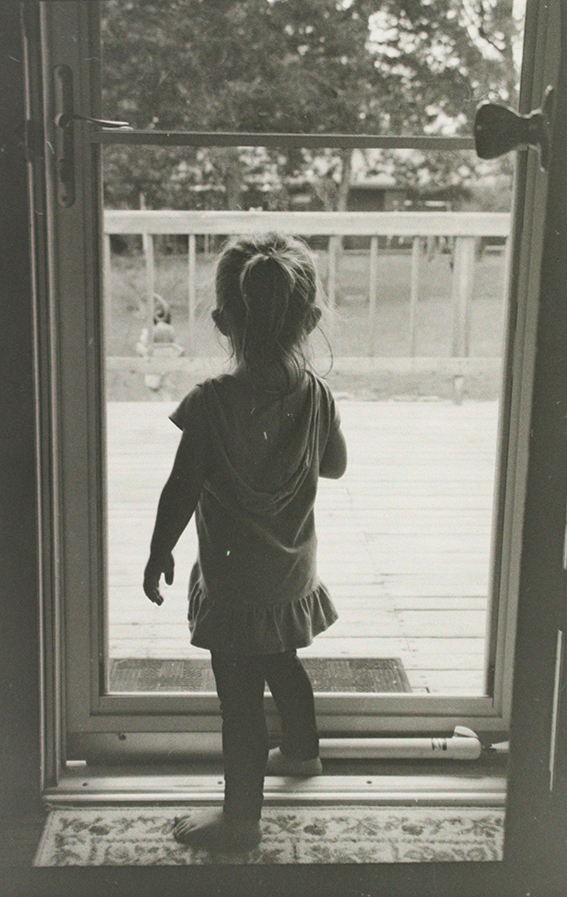

Not sure if the “white paper” on the image above is debris on the actual negative, or if something flew past just as I was taking a picture. I don’t mind it there, really. Makes it look weathered and old.


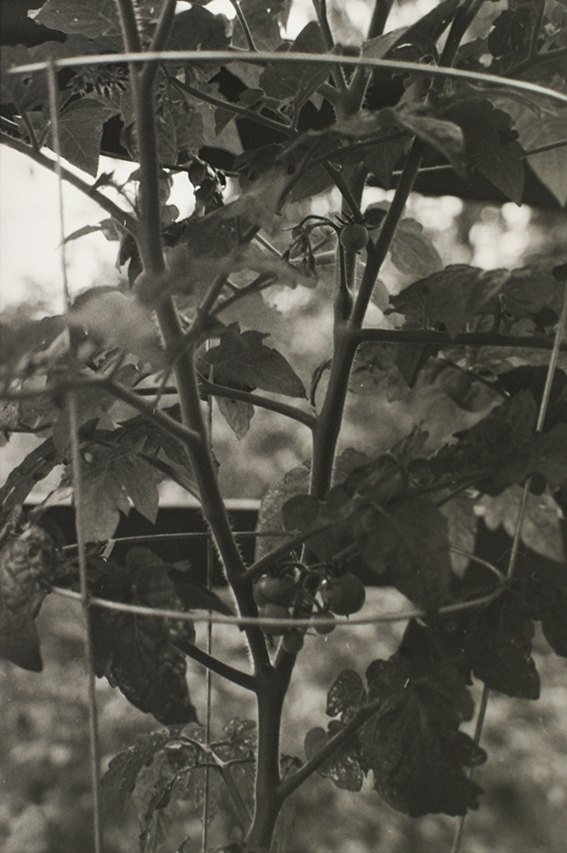


I greatly underexposed this image, but I actually love the way it turned out. Makes me think of those darkening spring afternoons, when a tornado watch has been placed and you know something’s on its way.




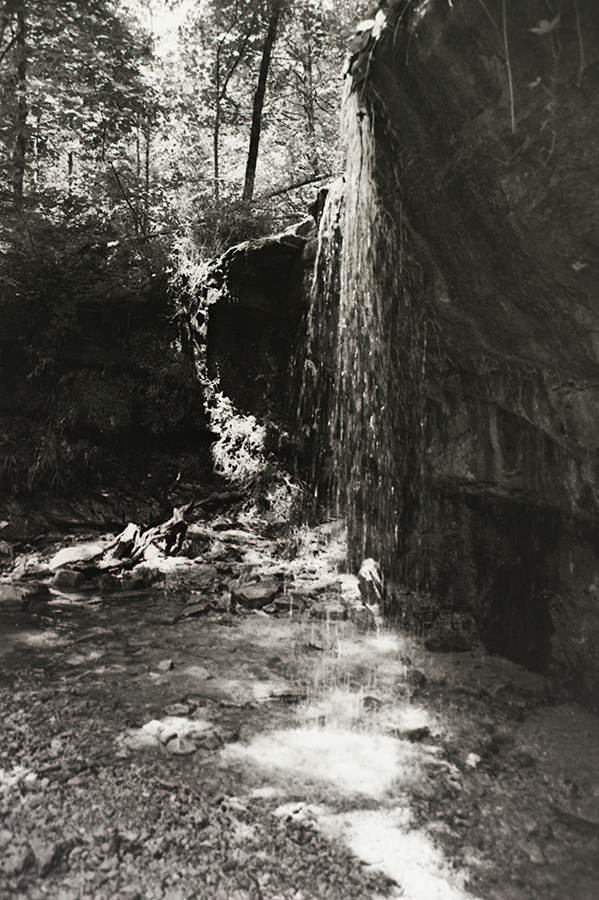



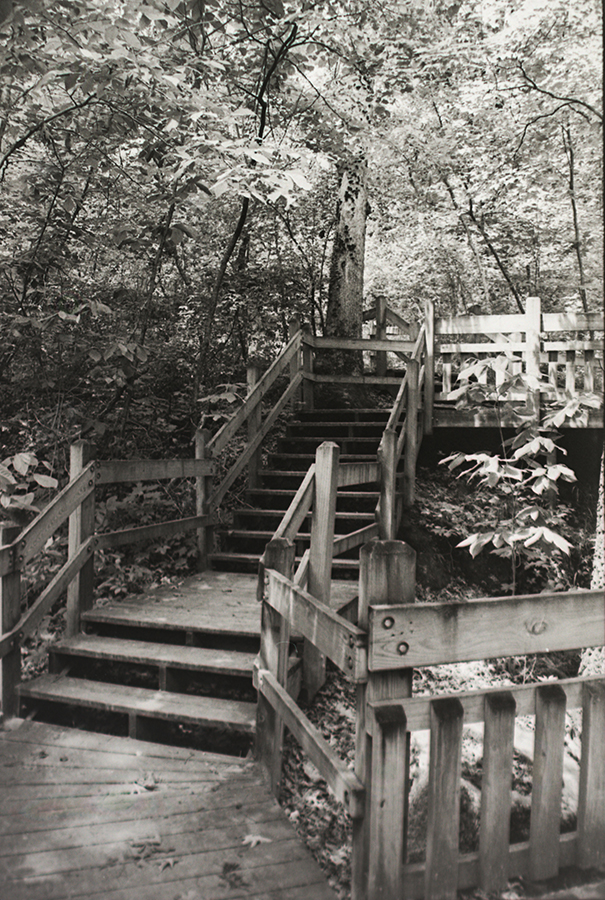

These were all taken with the Canon EOS Rebel T2. I’m only ten shots away from finishing the HP5 in my Canonet and I cannot wait to work on that and see what I came up with.
Questions about caffenol? Feel free to ask! I will do my best to answer or find someone who can answer your question.
All images © Lina Forrester
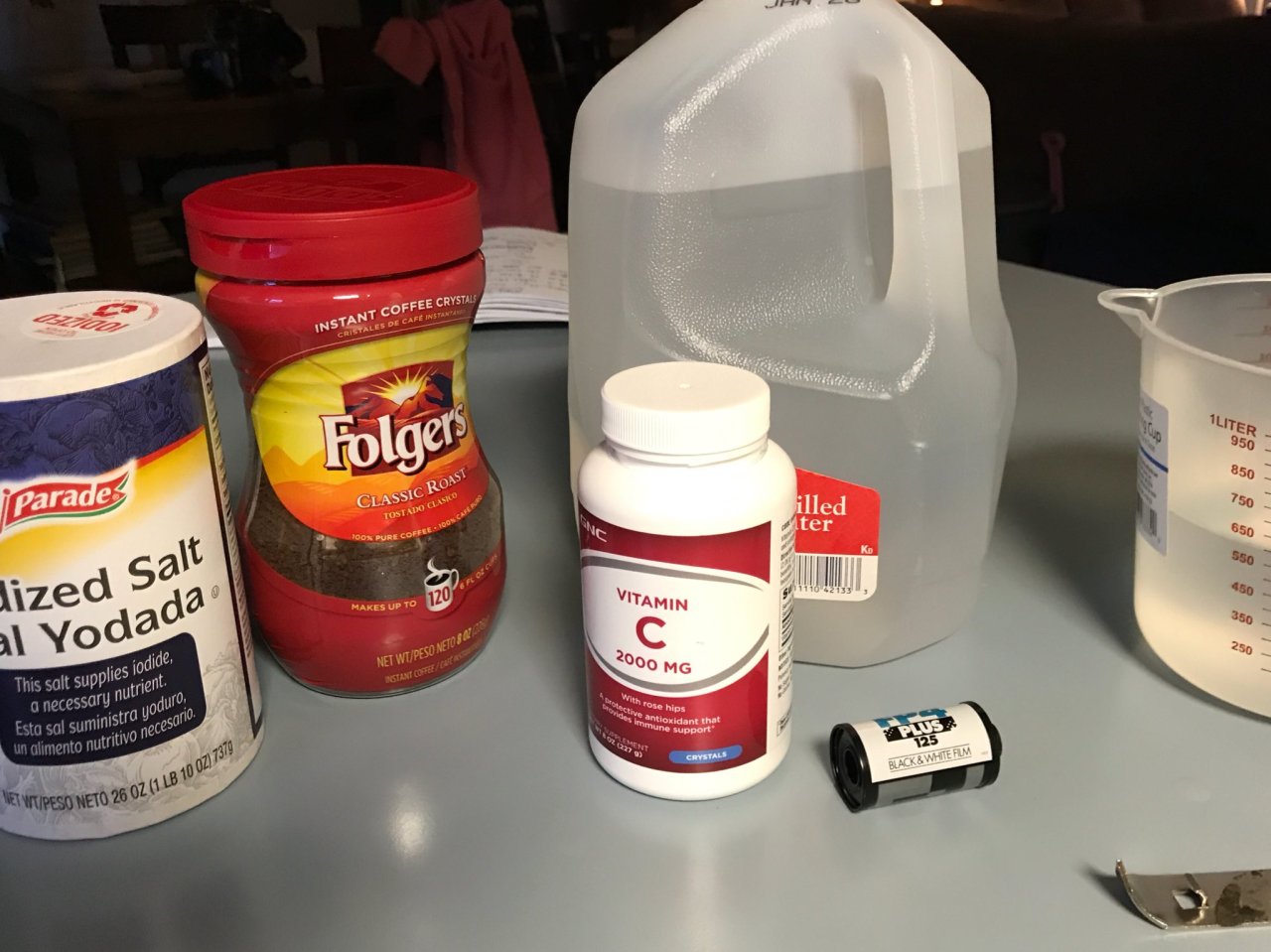
Excellent results! I have yet to try caffenol for myself.
LikeLiked by 1 person
Very nice! I think I will try this.
LikeLiked by 1 person
Give it a try!! It’s super easy. Definitely share with me the results!
LikeLike